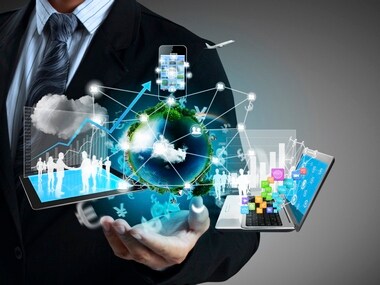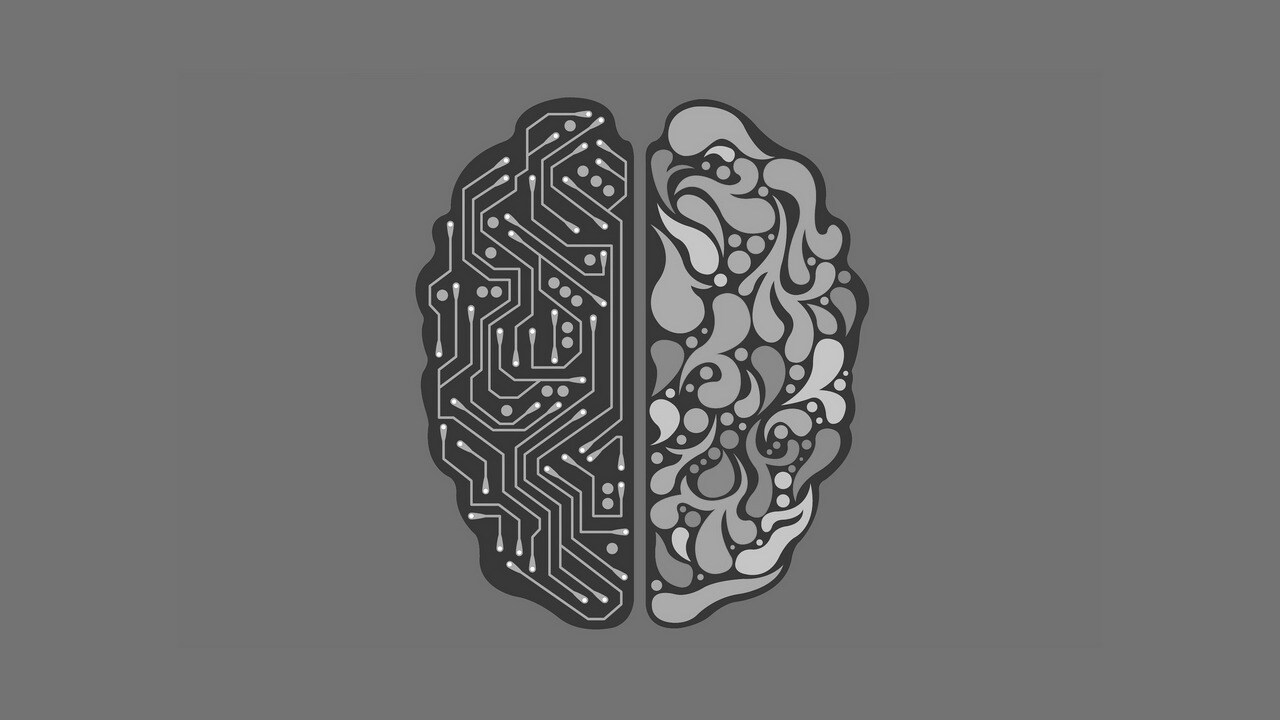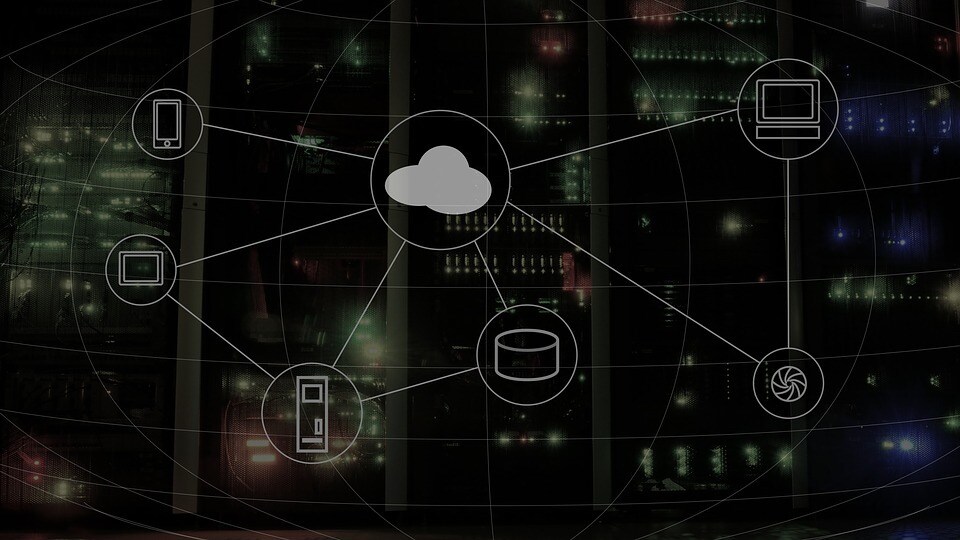In the early days of computing, demands from business stakeholders pushed the evolution of technologies as new capabilities were built to order.

Technology
Over the last decade, technology has shifted from demand-side to supply-side economics. The emergence of capabilities first dreamed of by technologists, not business strategists, has moved IT from an enabling capability to a differentiating one.
In my view, 2018 will be about striving to realise tangible outcomes from the transformative initiatives happening across organisations today. Global brands are looking to leverage technology to beat their competition and serve their customers better. There are some underlying megatrends that will drive these initiatives in 2018.
- Conversational Care is the New Customer Care
Conversational support is the new normal, especially when it’s a machine that delivers it. In 2016, 1-800-FLOWERS began offering an AI virtual assistant who helps customers pick out the right gift for a special occasion, and North Face began offering an AI virtual assistant to help customers find the right jacket from their 350+ choices. At the time, the implementations were expensive experiments but made headlines with their success. Today, conversational care powered by AI is less risky, less costly, and less unusual.

Image: Amazon
The move to AI-supported conversational care represents a “win-win” for both companies and their customers. Users get instant responses, skip annoying IVR menus, and get to use the communication methods they prefer (often text or voice). The company reduces costs and dependency on human agents, increases consistency of interactions, and can incorporate marketing and sales activities (such as sending personalised offers to customers). While humans will never be eliminated from customer support functions, good AI agents blend in seamlessly and can’t be distinguished from their real-life counterparts. In 2018, look for an explosion in the presence of AI in conversational customer care.
- AI is the New Electricity
In the same way that steam power was replaced by electricity, AI is poised to replace traditional automation techniques. Instead of focusing on reducing manual labour, companies are increasingly using sophisticated AI techniques to reduce intellectual labour – freeing human resources up to focus on value-added work instead of tedious and repeatable tasks.

Artificial Intelligence
The impact of this AI Revolution is a transformation no less impressive than the Industrial Revolution, a continuation of the unlocking and amplifying of human potential. For instance, in the financial industry, no less than 21 firms are now offering “robo-advisors” that automatically offer recommendations to clients – promising to make investing easy, inexpensive, and even fun. Yelp now uses complex machine learning to analyse tens of millions of unlabeled pictures. The algorithms classify them into preset categories (“menu”, “food”, “drink”, etc.) with 94 percent accuracy.
- Digital is the New Dollar
Digital capabilities have been part of core business models of digital-natives and early adopters for years now, but for many companies (particularly in B2B), digital is still used as a bolt-on to traditional business. 2018 will see the completion of digital’s shift from a competitive advantage to a business imperative, broadly and in every industry. One factor accelerating the shift is the use of digital to drive top-line growth.
CIO’s financial contributions once revolved around delivering cost-effective IT services. A 2017 survey showed that half of CIOs are now expected by their boards to develop innovative new products and services — and digital is a clear path to achieving those goals. Growth can come from increasing sales effectiveness of existing products (by surfacing new patterns and better influencing customers’ purchasing decisions) or through new digital-based products. Land O’Lakes Inc., an agribusiness and food company, is now providing IT services to agriculture retailers across the country. GE has developed Predix, a software platform for the collection and analysis of data from industrial machines – or, as GE describes it, the Industrial Internet of Things platform. Digital capabilities are becoming dollars in the bank.
- Edge Computing is the New Cloud
In 2011, only 20 percent of businesses had completed any significant cloud migrations. Today, the cloud is the default answer for reducing storage costs and creating efficiencies and is established as an enabler of innovation and new business models. Edge computing is set up to follow a similar path. Implementations will continue to accelerate, and early adopters are learning how to leverage the full value of the edge for better, not just cheaper outcomes.

Edge computing is a method of performing data processing at the physical edge (fringe) of a local network, close to the data source, usually in a footprint of less than 100 square feet. It reduces the volumes of data to be moved to the cloud, reducing latency and transmission costs and improving quality. In more evolved applications, it can allow major enhancements in scalability and security, and generate new revenue streams. Industries can utilise insights from their connected application, infrastructure, and assets in advanced ways to offer new services and deliver additional revenue streams.
The telecom sector offers a good example. The industry pioneered the edge cloud as cell towers make an obvious entry point. As more telecoms plug 5G into their wireless networks, they increasingly build either integrated or geographically adjacent micro-data centres. Business customers can rent or own space in these micro-data centres and can have direct access into the broader network offered by the telecom provider. Look for more data-centric industries to add edge computing to their roadmaps in 2018 and beyond.
- Contextualisation is the new personalisation
Personalisation lets us customise interactions with users, but relies on having relevant and accurate information about the potential customer, the specific product, or the relevant market. Contextualisation refers to identifying insights from the overabundance of available data and making it useful. It is a game changer because it is based on what, where, when and why — not dictated by a single action. It sifts through multiple data points to discover patterns, throwing out irrelevant data and outliers.

A man is pictured at the venue of China International Big Data Industry Expo in Guiyang. Image: Reuters
In e-commerce, contextualisation helps to reach the right customer, in the right place, at the right time. Shoe retailer DSW uses it to capitalise on snowstorms by sending weather-related notifications to customers in affected regions, highlighting winter footwear and encouraging them to spend part of their day shopping online.
2018 will see widespread use of contextual algorithms to solve business problems through contextual automation, contextual security, contextual support and contextual marketing. It will be at the epicentre of the success of customer experience programs across industries, especially AI driven solutions. As Cisco says, “Without context, AI is just artificial and not intelligent.
What’s next?
2018 will see the pace of change intensify as disruptive technologies are not just utilised but are combined. The application of these technologies will be focused on meeting the demands of the digitally empowered, adventurous and experimental customer. Translating this disruption into pragmatic outcomes will increasingly drive organisational efforts to discover new efficiencies, new revenue streams and new sources of competitive differentiation.
The author is the vice president of Marketing at CSS Corporation
Published Date: Mar 07, 2018 08:00 AM | Updated Date: Mar 07, 2018 08:00 AM



